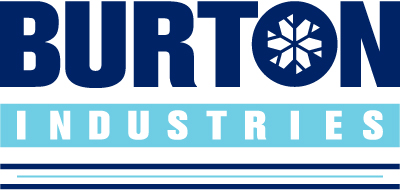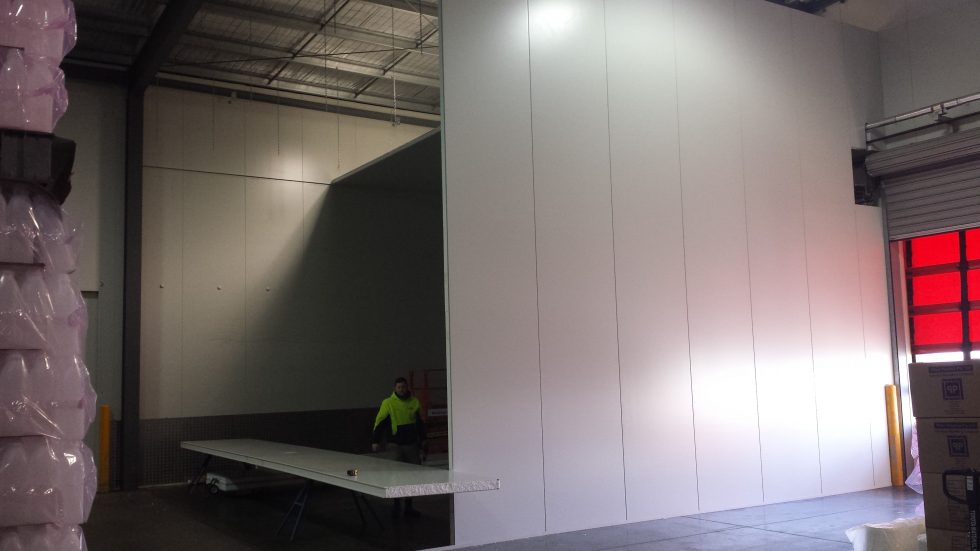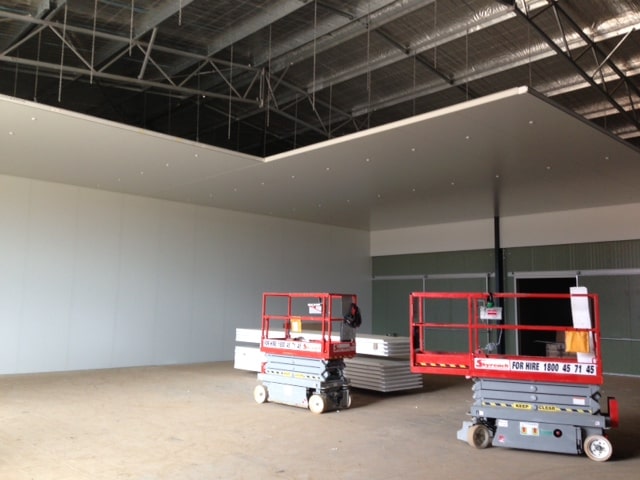Many buildings today use cladding made from insulated sandwich panel. What is this material and why is it the most popular choice for modern roof and wall cladding? We’ll find out in this introductory article!
Insulated Sandwich Panel Defined
An insulated sandwich panel is a product comprised of an insulating core sandwiched in between two metal or polymer composite skins. The cores can be made from different kinds of insulating materials such as rigid polyurethane (PUR), polyisocyanurate (PIR), expanded polystyrene (EPS), and mineral wool. Insulated cores may also be created out of composite materials.
Insulated sandwich panels are curtain materials. This means that the panels are attached to either the steel framework or any other carrier that serves as a building’s structural force.
Insulating Core Materials Used in Sandwich Panels
Each of the insulating core materials used in a sandwich panel varies in terms of thermal conductivity, sound insulation, and strength to weight ratio. Many construction projects today use PIR and PUR panels due to their low thermal conductivity, good insulation, and versatility.
Mineral wool panels are favored for buildings that need superior fire resistance, although this option is a bit costly. EPS-core panel is the budget-friendly choice for interior wall partitions.
Insulated Sandwich Panel
Advantages and Disadvantages of Insulated Sandwich Panels
The use of sandwich panels has overrun the traditional way of creating buildings from masonry. That’s because insulated sandwich panels offer many construction advantages such as:
Now, the main disadvantage of sandwich panels is its inability to withstand additional construction loads. Cosmetic damage to the building is also more likely.
Uses of Insulated Sandwich Panels
Sandwich panels are used in several kinds of commercial and industrial buildings. Here’s a quick list of establishments that utilise insulated sandwich panels.
- Laboratories – Keeps medical equipment cool and in good working condition
- Groceries, supermarkets, and hypermarkets – Protects wares from fire and moisture
- Cold Storage Facilities – Keeps stored food cool and fresh; improves refrigeration system efficiency
- Warehouses and logistics hubs – Safeguards goods from possible damage caused by water, moisture, and fire
- Factories and production facilities – Panels thermoregulate factories and prevent overheating equipment
- Car showrooms – Sandwich panels protect cars from environmental damage and add a modern look and feel to the entire showroom
- Sports, arenas, and recreational facilities – Helps maintain the right building temperature, keeping users comfortable as they exercise or engage in sports
Premade and Custom Insulated Panels
Premade panels typically have male-female joints with built-in C channels for support. Some panels also have concealed fastening systems to join them together without compromising a building’s aesthetic look. Premade panels come in 50mm and 100mm thickness sizes.
Opting for custom insulated panels lets you select the panel core materials, profile thickness, joint, and finish depending on your unique needs. You may also have panels manufactured according to your project’s dimensions.
To sum up, insulated sandwich panels are the perfect construction materials for modern industrial buildings. They’re sturdy yet easy to use. They provide good insulation for thermoregulation, soundproofing, and fire protection. The panels are also customisable and affordable!


